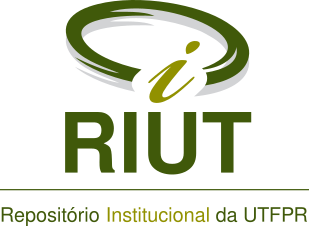Mathematical modeling of drying the pulped coffee (Coffea arabica l.) at different air conditions
Resumo
The aim of the study was to describe the drying kinetics of washed coffee (Coffea arabicaL.) and evaluate the best mathematical model to fit the experimental drying data conducted with different air humidity (40 %, 50 %, and 60 %) and temperatures (23 °C, 40 °C, and 60 °C). The fruit shakes were standardized washing, separation, and manual selection of green coffees, pass cane, and green buoy. Then, approx. 150 L of coffee cherries were pulped and taken directly to the yard. Drying the washed coffee was completed in a mechanical dryer and yard. The obtained results showed that the different conditions of the ambient air significantly influenced the processes of drying pulped coffee. The water content of the hygroscopic equilibrium of pulped coffee is directly proportional to the water activity and relative humidity, decreasing with increasing temperature, for the same value of equilibrium relative humidity. The Oswin model was best represented by the hygroscopicity of the pulped coffee, while the Midilli model shows the best fit to describe the drying curves of the washed coffee. The effective diffusion coefficient increases with increasing temperature of the drying air and reducing of relative humidity, being described by the Arrhenius equation. The aim of the study was to describe the drying kinetics of washed coffee (Coffea arabica L.) and evaluate the best mathematical model to fit the experimental drying data conducted with different air humidity (40 %, 50 %, and 60 %) and temperatures (23 °C, 40 °C, and 60 °C). The fruit shakes were standardized washing, separation, and manual selection of green coffees, pass cane, and green buoy. Then, approx. 150 L of coffee cherries were pulped and taken directly to the yard. Drying the washed coffee was completed in a mechanical dryer and yard. The obtained results showed that the different conditions of the ambient air significantly influenced the processes of drying pulped coffee. The water content of the hygroscopic equilibrium of pulped coffee is directly proportional to the water activity and relative humidity, decreasing with increasing temperature, for the same value of equilibrium relative humidity. The Oswin model was best represented by the hygroscopicity of the pulped coffee, while the Midilli model shows the best fit to describe the drying curves of the washed coffee. The effective diffusion coefficient increases with increasing temperature of the drying air and reducing of relative humidity, being described by the Arrhenius equation
Texto completo:
PDFDOI: 10.3895/rbta.v11n2.3166

Esta obra está licenciada sob uma licença Creative Commons Atribuição 4.0 Internacional.





